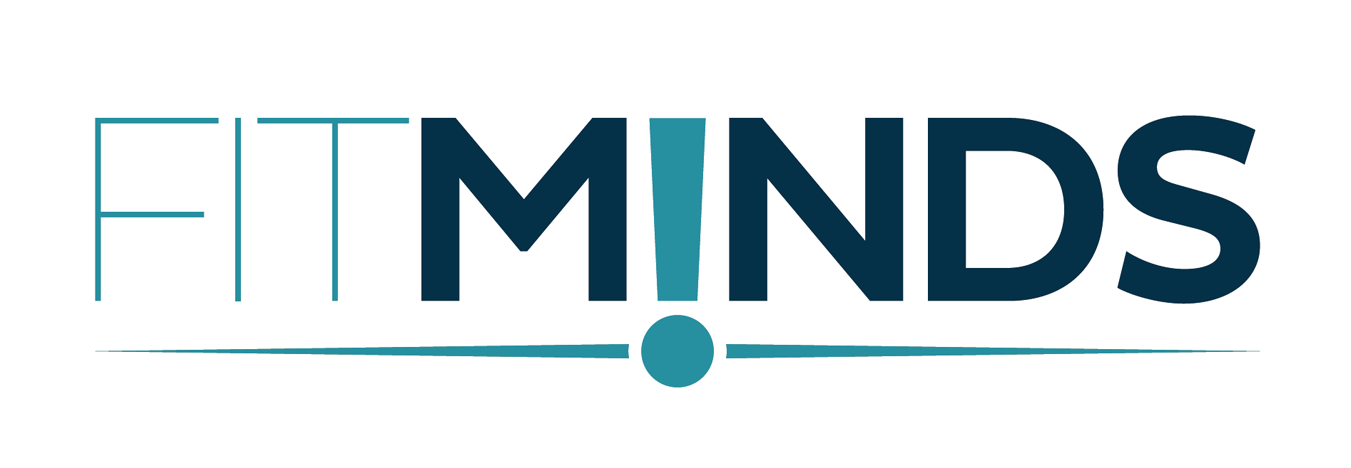What is SOAR Analysis?
SOAR Analysis (Strengths, Opportunities, Aspirations, Results) is an action-oriented strategic planning tool which focuses on strengths and opportunities to reach aspiration defined by solid results.
What are the main benefits of SOAR Analysis?
- It focuses on strengths rather than putting excessive effort to discuss weaknesses.
- It does not only picture aspiration but also depicts the future in terms of results to be achieved.
- It is not a detail-oriented exhaustive tool. It provides a flexible thus practical model for various business cases.
Explanation of SOAR Analysis
SOAR Analysis is a SWOT-like two-by-two matrix composed of Strengths, Opportunities, Aspirations and Results. However, when you conduct SOAR, you get very close to a concrete strategic plan. On the other hand, when you conduct SWOT, you get a structured discussion report. As stated in our TOWS article, you have to iterate SWOT once more to reach the strategies.

Strengths: Your organization’s assets and capabilities that make it relevant for your customers better than your competitors are.
Opportunities: External circumstances that could increase your chances to reach your strategic and financial goals.
Aspirations: A vision of what your organization can be in the future based on the strengths and opportunities.
Results: Strategic and/or financial outcomes that you want to reach when achieving the aspiration.
How to Apply SOAR Analysis?
In preparing such matrixes, the main challenge lies in being keen/focused/definitive. For the sake of “comprehensiveness”, you should not tend to construct long lists consisted of vague arguments and duplications.
- Determine what your organization’s strengths are. You can identify your organization’s strengths in two different ways. Either you can start with your resources (products, services, capabilities, etc.) or you can start with customers that you delight most. (Please see our VRIO Analysis article for an alternative perspective.) At the end of both routes, you must arrive at the same point, which is a clear definition of:
- the customer group,
- the need of that customer group,
- the product/service meeting that need,
- the unique point of those products/services that makes you better/different than competition in meeting that need.
- Determine the opportunities. Determining opportunities is a two-step thinking process: First, you need to identify what positive changes may happen soon. Second, how those changes will increase utilization of your strengths or help you create new strengths. For the first part of the process, you can invite external stakeholders to enrich your view about changes on the outside.
- Picture your aspirations. This step is about depicting the preferred future for your organization. Referring to Business Model Canvas, try to address the below points while detailing the aspirations:
- key partners
- key activities
- key resources
- value proposition
- customer relationships
- channels
- customer segments
- cost structure
- revenue stream
You can read our Business Model Canvas article to have a comprehensive understanding of those 8 elements.
- Decide results. While deciding results, try to be as clear as possible. A simple way to do so is setting objectives for each of the 8 elements of your business model stated in the aspirations step. Those objectives may be either quantitative or qualitative. However, in either case, they should be observable.
SOAR, invented by Jacqueline Stavros, David Cooperrider & D. Lynn Kelley and published in 2003, is a powerful tool which enables organizations to determine a clear set of strategies.
Contact us to create a detailed strategy-and-action plan, and reduce the gap between where you are and where you want to be.




13 comments
Pingback: générique kamagra en ligne le lendemain
Pingback: how to get free samples of enclomiphene
Pingback: online order androxal generic a canada
Pingback: cheapest buy flexeril cyclobenzaprine cheap prices
Pingback: buying gabapentin cheap where
Pingback: buy dutasteride cheap cod no rx
Pingback: fildena en ligne
Pingback: price of itraconazole
Pingback: buying staxyn cheap australia
Pingback: cheapest buy avodart buy sydney
Pingback: order xifaxan generic when available
Pingback: online order rifaximin generic in canada
Pingback: kamagra nízká cena
Comments are closed.